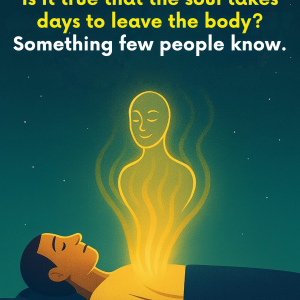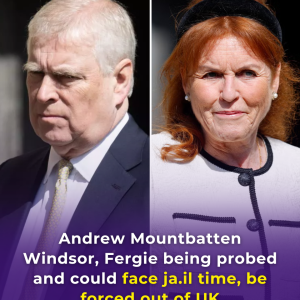
A Shocking Royal Family Revelation
In 1987, the British public learned a disturbing truth — Queen Elizabeth II’s cousins, Nerissa and Katherine Bowes-Lyon, had been wrongly declared dead decades earlier and had spent most of their lives hidden away in a mental hospital.
The Sun broke the story, revealing that the two women, born in 1919 and 1926, had severe developmental disabilities and were institutionalized from a young age. Their mother, Fenella Bowes-Lyon, reportedly chose to conceal them from public view. Despite being recorded in the 1963 edition of Burke’s Peerage as having died in 1940 and 1961, Nerissa had actually died in 1986, and Katherine was still alive at the time the news emerged.
The revelation sparked allegations of a royal cover-up, public outrage, and lasting fascination, inspiring a documentary and later a storyline in The Crown.

Early Lives and Institutionalization
Nerissa and Katherine were daughters of John Herbert Bowes-Lyon, the Queen Mother’s brother, making them first cousins of Queen Elizabeth II. Their severe disabilities left them non-verbal and with the mental capacity of young children.
Caregivers later described them as mischievous but affectionate, able to communicate through gestures and noises. At the time, upper-class families often concealed disabled relatives to avoid public scrutiny, and the Bowes-Lyons were no exception.
After their father’s death in 1930, the sisters were first placed in Arniston School, which catered to disabled children of aristocrats. In 1941, they were moved to the Royal Earlswood Mental Hospital in Surrey, alongside three similarly disabled cousins on the same day. From then on, they were largely out of public sight.

The 1987 Exposure
The truth came to light when a Sun photographer, posing as a relative, visited Katherine and discovered she was still alive. The tabloid’s headline, “Queen’s Cousin Locked in Madhouse,” ignited public outrage. The sisters had been institutionalized for decades, declared dead in error, and seemingly abandoned.
Buckingham Palace declined to comment, calling it a family matter. Some relatives claimed the false death records were a clerical mistake and insisted the sisters had been visited, but hospital staff suggested they had received few — if any — visits since the early 1960s.

Controversy and Criticism
The case raised questions about the treatment of disabled family members within aristocracy and the suitability of institutions like Earlswood, which had a reputation for overcrowding and neglect.
Critics argued the sisters could have lived fuller lives elsewhere, while defenders insisted institutionalization was common practice at the time.
When Nerissa died in 1986 at age 66, no family attended her funeral, and she was buried under a simple plastic marker. Katherine, described as “little more than a child” even in her final years, reportedly remained without family visits, even after the scandal.

Later Legacy and Media Depictions
Katherine lived quietly until her death in 2014 at age 87, buried near her sister. Their story resurfaced in the 2011 documentary The Queen’s Hidden Cousins, which explored the wider social history of concealing disabled relatives, and again in 2020 in The Crown.
In one dramatized scene, Princess Margaret confronts the Queen Mother about the sisters, with the fictional response: “Their illness, their idiocy and imbecility, would make people question the integrity of the bloodline.” While invented for television, the exchange captured the period’s prevailing attitudes.
Though never officially diagnosed, the sisters had been medically labeled as “imbeciles” — a reflection of outdated and cruel terminology. Their story remains a haunting example of the isolation faced by disabled people in the 20th century, even within the most privileged families.




